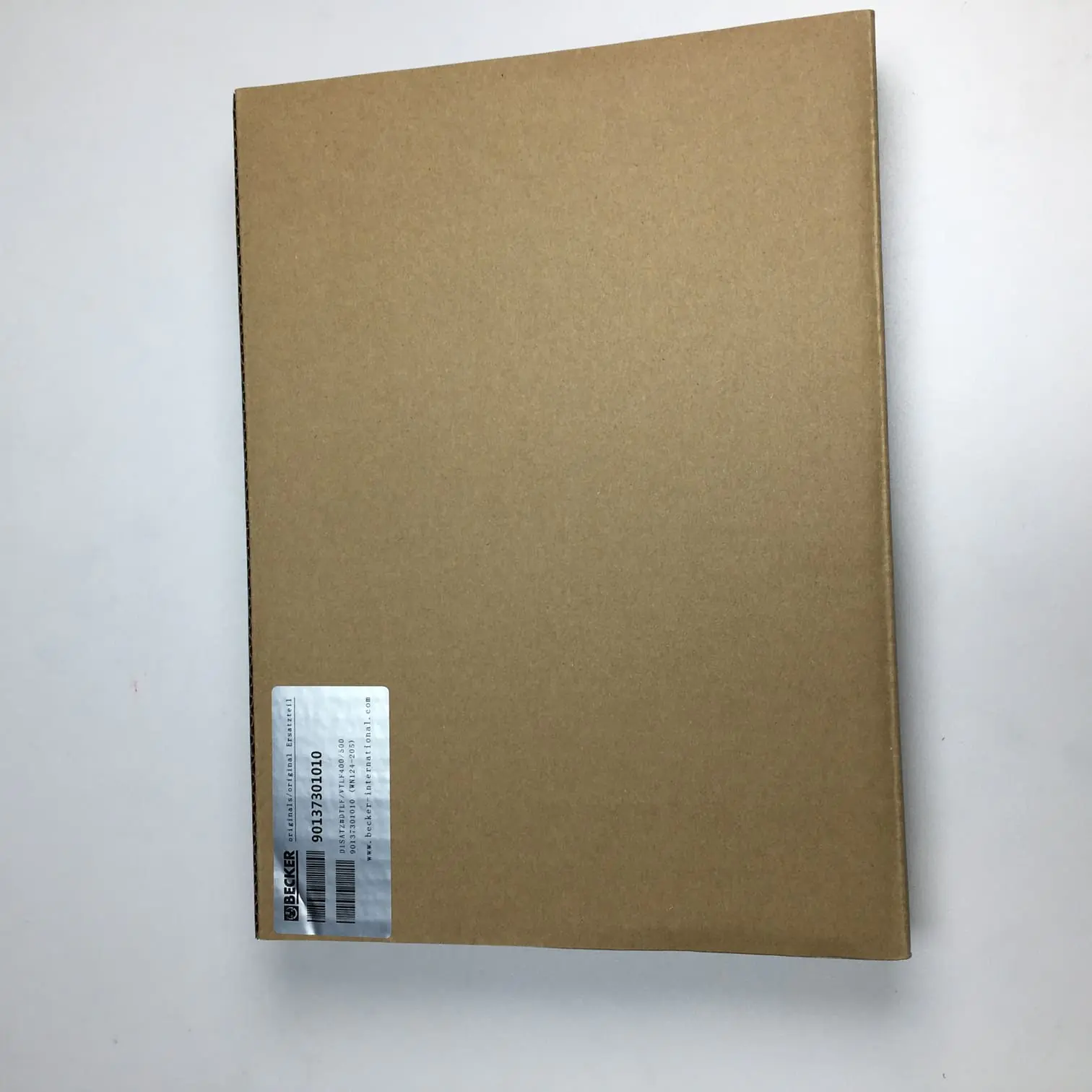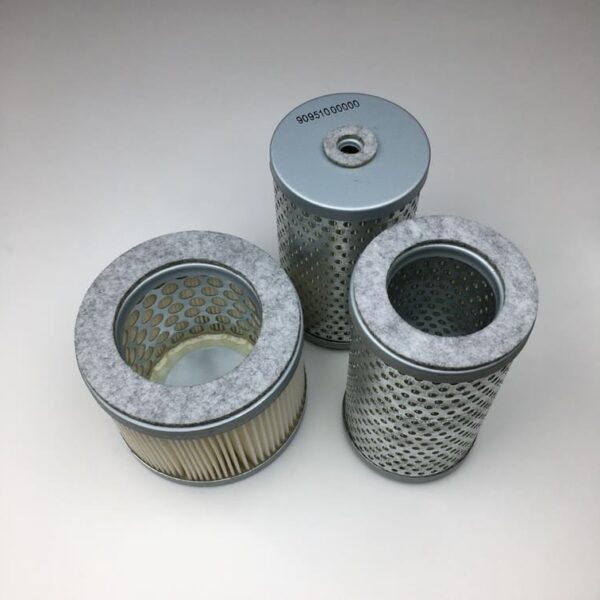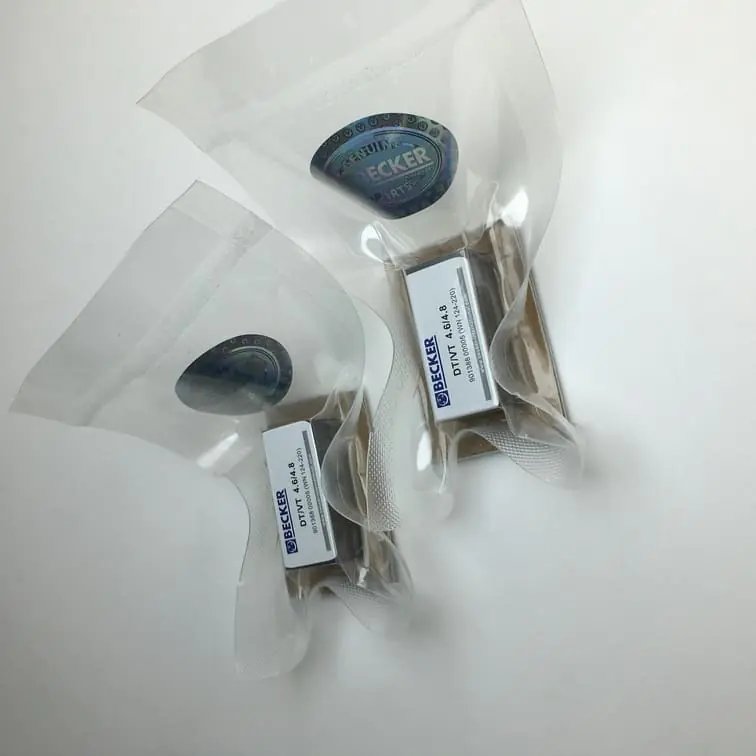An air AC vacuum pump is an essential tool when it comes to maintaining your air conditioning system. Whether you’re a DIY enthusiast or a professional HVAC technician, understanding the ins and outs of using an AC vacuum pump is critical to keep your system running efficiently. This guide will cover everything you need to know about how to use an air AC vacuum pump, including its function, best practices, and step-by-step instructions.
What Is an AC Vacuum Pump and Why Is It Important?
An air AC vacuum pump is a device used to remove unwanted air and moisture from an air conditioning system. The primary purpose is to create a vacuum in the system to prepare it for refrigerant charging. The presence of air or moisture can cause significant inefficiencies and even damage to your AC unit, making it crucial to remove these contaminants.
Benefits of Using an AC Vacuum Pump
- Improved Cooling Efficiency: Removing air and moisture allows the refrigerant to flow more efficiently.
- Prevention of Corrosion: Moisture in an AC system can lead to rust and corrosion. Using a vacuum pump can prevent such issues.
- Extended System Lifespan: A well-maintained system free of contaminants tends to last longer, reducing costly repairs or replacements.
For example, using the Becker Set of 10 Vanes for proper maintenance will enhance the efficiency of your vacuum pump, making it last longer.

Tools and Materials Needed
Before using an AC vacuum pump, ensure you have the necessary tools and materials ready. Here is a list:
- AC Vacuum Pump: Specific for air conditioning systems.
- Manifold Gauge Set: To monitor pressure levels.
- Refrigerant Recovery Tank: For safely storing any refrigerant that is removed.
- Vacuum Pump Oil: Essential for ensuring the vacuum pump runs smoothly.
- Wrench Set: To tighten or loosen valves and connections.
- Safety Gear: Gloves and goggles for protection during the process.
Selecting the Right Vacuum Pump
Choosing the right vacuum pump for your air conditioning system is critical for efficient performance. You need to consider:
- CFM (Cubic Feet per Minute): This refers to the airflow capacity of the pump. The larger the AC system, the higher the CFM you need.
- Two-Stage vs Single-Stage: Two-stage pumps generally pull a deeper vacuum, which is advantageous for large systems.
- Oil Quality: Always use high-quality vacuum pump oil to keep your equipment running smoothly.
If you’re unsure about which spare parts you might need, feel free to check our Vacuum Pump Spare Parts page.
Step-by-Step Guide to Using an Air AC Vacuum Pump
1. Preparation and Safety Measures
Before using the vacuum pump, you should take several preparatory steps:
- Wear Safety Gear: Always wear gloves and goggles.
- Disconnect the AC System: Ensure that the air conditioner is turned off and unplugged from the power supply.
- Connect the Manifold Gauges: Attach the manifold gauge set to the high and low-pressure ports of your air conditioning system.
Tip: Safety is paramount when handling refrigerants. Make sure the system is properly depressurized before connecting any equipment.
2. Connect the AC Vacuum Pump
After the manifold gauges are securely in place, proceed with the following:
- Attach the Yellow Hose: Connect the yellow service hose from the manifold gauges to the vacuum pump’s inlet port.
- Check for Leaks: Make sure all connections are tight to prevent air from entering the system.
- Turn On the Vacuum Pump: Plug in and power on the vacuum pump to start creating a vacuum in the AC system.
3. Pull a Vacuum
- Monitor Gauges: Keep an eye on the gauges to ensure that pressure drops steadily. The aim is to pull the system to a vacuum level of 500 microns or lower.
- Run for 30-60 Minutes: Let the vacuum pump run for at least 30 minutes. This will ensure that all the air and moisture have been evacuated from the system.

4. Conduct a Leak Test
Once the desired vacuum level is reached, turn off the pump and close the manifold gauge valves. Observe the gauges for about 15 minutes to ensure there are no pressure changes, which could indicate a leak.
- If a Leak Is Detected: If the pressure rises, recheck all fittings for leaks and ensure all valves are tightened.
5. Recharge the AC System
After confirming there are no leaks, you can proceed to charge the AC system with refrigerant.
- Attach Refrigerant: Connect a refrigerant canister to the yellow hose of the manifold gauges.
- Open the Valves: Slowly open the valves to let refrigerant into the system while monitoring the pressure.
Best Practices for Vacuum Pump Use
1. Use Quality Pump Oil
Always use the oil recommended by the manufacturer. This will ensure the pump maintains optimal performance and extends the system’s lifespan.
- Oil Changes: Regularly change the oil in your vacuum pump after heavy use or when it appears contaminated. This ensures your pump is always working efficiently.
2. Proper Maintenance
To keep your air AC vacuum pump in good condition, follow these best practices:
- Check Oil Levels Regularly: If the oil level is low, refill it before operating the pump.
- Store in a Clean Environment: Keep the pump away from dust or debris, which can affect its functioning.
For maintaining and replacing parts such as vanes or filters, you might find our Becker Set of 5 Vanes particularly useful. Click here for more details.

Troubleshooting Common Issues
1. The Vacuum Pump Is Not Pulling a Vacuum
- Check the Connections: Ensure all hoses and connections are tightly sealed.
- Oil Levels: Make sure the pump has enough oil, and replace the oil if it appears dirty or contaminated.
2. The Pump Is Overheating
- Overuse: Running the pump for too long can cause overheating. Always monitor the temperature and give the pump breaks when needed.
- Airflow: Make sure the pump is placed in an area with adequate ventilation to avoid overheating.
3. The Oil Looks Milky
A milky appearance of the oil indicates moisture contamination.
- Replace the Oil: Drain the contaminated oil and replace it with new, dry oil to restore the pump’s efficiency.
Frequently Asked Questions
1. How Long Should I Run the Vacuum Pump on an AC System?
You should run the vacuum pump for at least 30 minutes to ensure all moisture and air are removed. In some cases, running it for up to an hour might be necessary for larger systems.
2. Can I Use Motor Oil Instead of Vacuum Pump Oil?
No, motor oil should never be used in a vacuum pump. It contains additives that can harm the pump and impair its ability to create a vacuum.
3. How Often Should I Replace the Oil in My Vacuum Pump?
You should replace the oil after every 30-60 hours of use or if it appears contaminated or cloudy. Proper oil maintenance is critical for the efficient functioning of your pump.
4. What If My Pump Is Not Creating a Vacuum?
If your vacuum pump is not creating a vacuum, check for leaks, ensure all connections are tight, and make sure the pump oil is at the correct level and clean.
5. How Do I Know If There Is a Leak in the System?
After pulling a vacuum, monitor the pressure levels for 15 minutes. If the pressure rises, there’s likely a leak in the system, which needs to be fixed before proceeding.
Conclusion
Using an air AC vacuum pump is a crucial part of maintaining your air conditioning system’s efficiency and longevity. By removing air and moisture, you’re preventing corrosion, improving cooling performance, and extending the system’s lifespan. Always follow the manufacturer’s guidelines for oil use and general maintenance, and you’ll keep your AC system in top shape for years to come.
For more detailed guides, replacement parts, or tools to support your HVAC maintenance projects, explore our resources at Vacuum Pump Spare Parts. Proper maintenance, including using high-quality parts like Becker Air Filters, can make all the difference.
Remember, an ounce of maintenance is worth a pound of cure. Keeping your AC vacuum pump in good condition will save you time and money in the long run.
